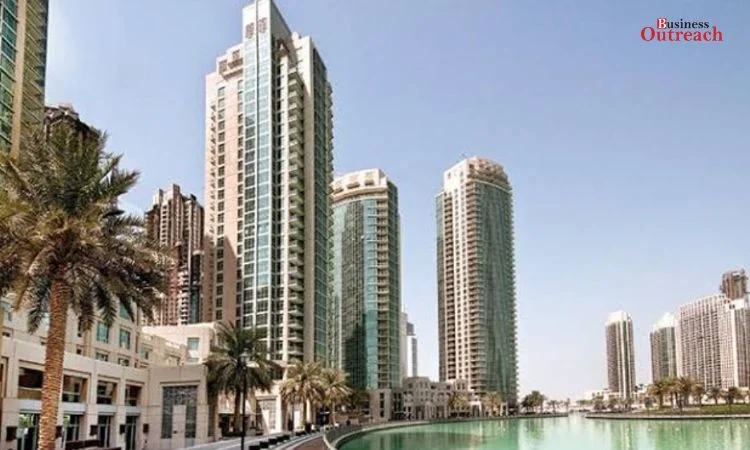With the nonstop shooting up of the rental prices in Dubai, several residents look to neighbouring emirates like Sharjah and Ajman in the pursuit of finding cheaper roof satellites. However, recent trends indicate that even these relatively cheap alternatives have now seen what one can term as significant rises in rentals due to increased demand.

PC: Kenyan Wall Street
Demand Surge and Rental Increase
Industry players have confirmed that Sharjah and Ajman have recorded a significant spike in housing demand in the recent quarters. It is due to residents seeking better rentals as compared to Dubai.
Raif Hassan Ikkeri of Eeman Properties says, “In the post-Covid period, the rental rates of the UAE have increased continuously, opening new options in Sharjah and Ajman.”
Details of Surge in Rental Prices
According to reports by Mohammed Rayyan of A and H Real Estate, Sharjah is seeing a steep escalation in its rental market. For instance, the rate for a one-bedroom apartment has grown from Dh24,000 per year to Dh30,000 and Dh36,000, depending on the location and other things like the building.
Rayyan goes on, “Another bracket that seems to be in great demand from families is two-bedroom apartments. Rents for these apartments shot up from Dh34,000 to Dh52,000 in just six months.”
Preferred Areas
Al Nahda, Al Tawoun, Al Majaz—all of these are highly preferred areas because of ease of access and facilities. Out of these, Al Nahda takes precedence over the rest because it is close to Dubai and thus easily commutable.
Factors Driving Migration to Northern Emirates
Many factors contribute to the migration towards Sharjah and Ajman. The fixed rental rates for the first three years give stability to Sharjah, which attracts many residents. On the other hand, the growing population in the UAE, supported by an increase in visas issued, underlines the expanding housing demand.
Influence of Ras Al Khaimah’s Growth
The growing industries in Ras Al Khaimah are also reflecting on demand for housing in neighbouring emirates. Many executives working here in the emirate find neighbouring Ajman and Sharjah quite attractive to live in due to affordability and reasonable distances to commute.
Investment Opportunities
These relatively more affordable freehold properties attract investors and even end-users to Sharjah and Ajman.
The villas generally boast spacious living accommodations compared to Dubai’s offering, which comes at more competitive prices. This creates interest across all demographics, local and international investors alike.
Impact on Dubai’s Housing Market
With fast-rising rental prices in Dubai, up some 30% since the beginning of 2023, many residents are seeking neighbouring emirates such as Sharjah and Ajman for relief. Changing the face of Dubai’s rental market in light of rising house prices and shrinking accommodative capacity, many have opted to commute from these relatively cheaper emirates.
Commute Preferences
Many residents have relocated their homes to Sharjah and Ajman but continue to commute to Dubai for work or other business. Indeed, ease of access and connectivity to Dubai remains a major consideration in housing decisions for these emirates.
Economic Impact on Dubai
Facing high rents, many people may decide to move to neighbouring emirates, a factor that is bound to have an economic impact on Dubai. The exodus to neighbouring emirates on account of rising rents means that sectors, which were dependent on local consumer spending and the density of population for Dubai, could be affected.
Long-Term Trends in Housing
This flow of residents from Dubai to Sharjah and Ajman depicts the trend in the housing market at large across the UAE. Therefore, its long-term implications would therefore reflect changes to urban planning strategies and investment patterns across the region.
Government Policies and Market Response
Government initiatives within Dubai to make housing more affordable may therefore have some bearing on future immigration patterns. How the real estate market in Dubai reacts to such policies could really set the tone for housing trends throughout the UAE.
Considering the rising rental prices in Dubai and the corresponding surge in Sharjah and Ajman, this underlines the extremely dynamic period in UAE’s real estate sector. While residents and investors are learning to adapt to the changing market conditions, the rationale behind urban development and housing affordability in Dubai and the neighbouring emirates shall be greatly affected in years to come.















